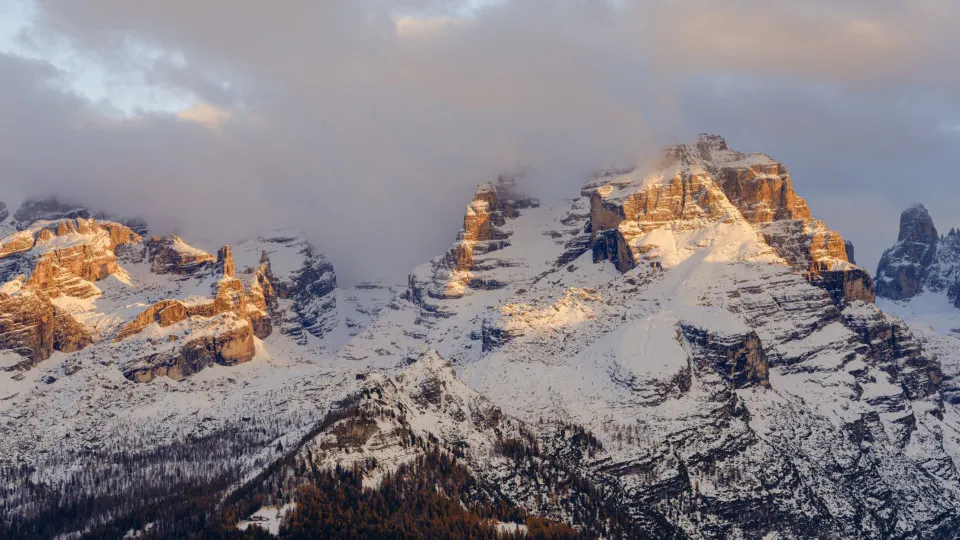Hundreds of hikers and tourists were evacuated and multiple trails shut down following a series of significant rockfalls on Cima Falkner in Italy’s Brenta Dolomites. The recent collapses have raised alarms among geologists and local authorities, who cite the melting of permafrost as a driving factor.
One of the most dramatic events occurred on Monte Pelmo in the Val di Zoldo, where visitors heard loud booms as rocks broke off and fell into the valley below. Another collapse followed on Cima Falkner, although no injuries were reported and debris remained on the higher slopes.
Experts say the region is seeing an increase in geological instability due to rising temperatures linked to the broader climate crisis. While rockfalls are not uncommon in the Dolomites, scientists have observed a significant rise in such events.
When it comes to the consequences of global warming, some are more talked about than others. It is difficult to ignore, for example, bushfires that rage in Australia or hurricanes that sweep the United States.
However, some consequences of global warming are more subtle and thus go under the radar, such as permafrost melt. Permafrost is best defined as ground that remains frozen for a period of two years or longer, and many of the world's buildings and roads are built upon the stuff.
Permafrost takes several years to melt, but when it does, it can cause considerable damage to the structures resting upon it. Check out this gallery to learn about permafrost, the silent destroyer.



